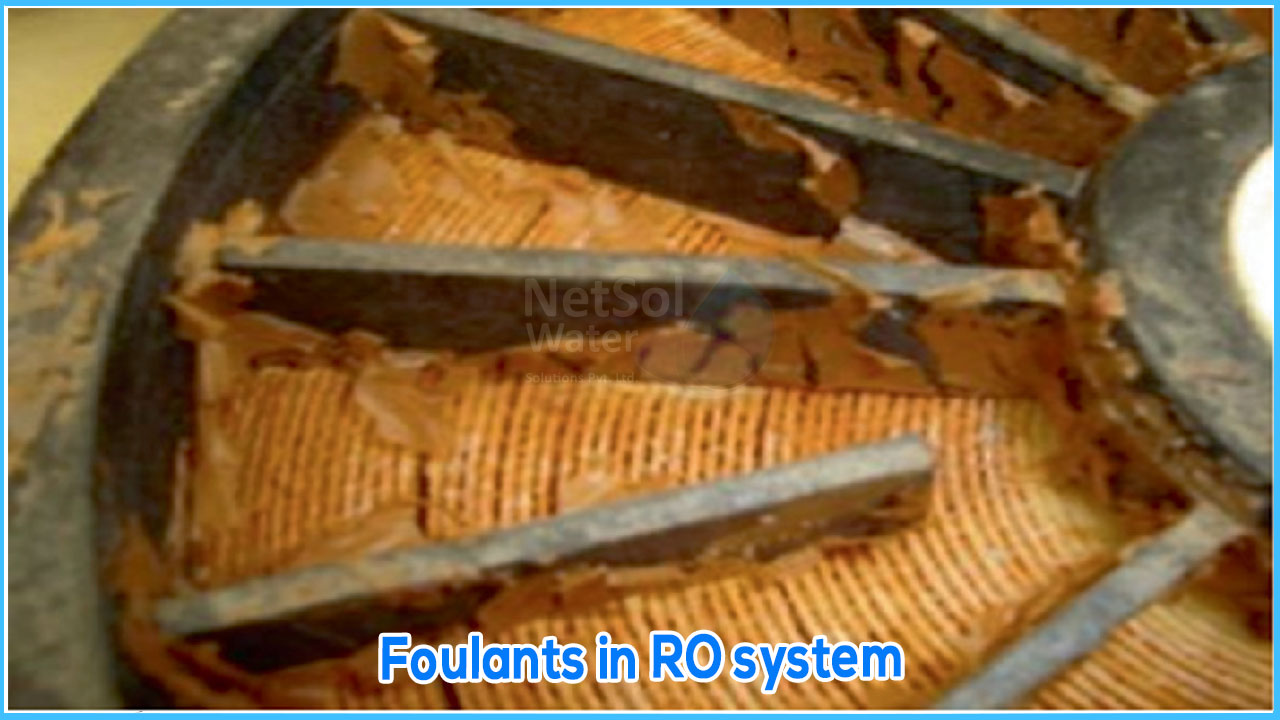RO SYSTEM
Reverse osmosis removes contaminants from unfiltered water, or feed water, when pressure forces it through a semipermeable membrane. Water flows from the more concentrated side (more contaminants) of the RO membrane to the less concentrated side (fewer contaminants) to provide clean drinking water. The fresh water produced is called the permeate. The concentrated water left over is called the waste or brine.
 A semipermeable membrane has small pores that block contaminants but allow water molecules to flow through. In osmosis, water becomes more concentrated as it passes through the membrane to obtain equilibrium on both sides. Reverse osmosis, however, blocks contaminants from entering the less concentrated side of the membrane. For example, when pressure is applied to a volume of saltwater during reverse osmosis, the salt is left behind and only clean water flows through.
A semipermeable membrane has small pores that block contaminants but allow water molecules to flow through. In osmosis, water becomes more concentrated as it passes through the membrane to obtain equilibrium on both sides. Reverse osmosis, however, blocks contaminants from entering the less concentrated side of the membrane. For example, when pressure is applied to a volume of saltwater during reverse osmosis, the salt is left behind and only clean water flows through.
MEMBRANE FOULING
Fouling doesn’t necessarily reduce RO membrane life if the RO is effectively cleaned. If the RO is allowed to foul too severely and cleaning is not effective, then the membrane will likely continue to lose performance.
It is common to include filter housing on the RO system inlet that contains 2.5-inch-diameter cartridge filters, whose pore size is nominally rated. The actual ability for removing smaller particles can vary greatly. Some (regardless of rating) only protect the RO against large particles that might get caught within the membrane flow channels or damage the high-pressure pump. These are inexpensive and may last weeks before an elevated pressure drop indicates the need for replacement. Tighter porosity filters that can remove more of the incoming suspended solids are more expensive and also require more frequent replacement. Therefore, the use of these tighter filters becomes more economically viable if the concentration of suspended solids in the water has been minimized by upstream treatment.
Problems with membrane fouling can emerge gradually or suddenly. Early on, facilities will often see symptoms such as rising energy costs and decreased membrane flux. As foulants continue to accumulate on the membrane surface, even greater pressure is needed to force water through, which can ultimately lead to irreparable damage to the membrane and other system components.
HOW TO AVOID MEMBRANE FOULING!
Membrane fouling is sometimes reversible—but not always. That’s why it’s best to implement preventative measures to avoid or minimize membrane fouling in the first place. Below, we’ve outlined some common preventative measures to avoid membrane fouling.
·SCHEDULED CLEANING
A systematic cleaning regimen can help to prevent foulants from building up on the membrane. Cleaning cycles should be scheduled monthly or at other regular intervals to provide the greatest benefit.
-Mechanical cleaning involves the use of physical force to loosen contaminants from the membrane and flush them out of the system.
-Chemical cleaning involves the application of detergents, caustics, acids, antiscalants, or dispersants to loosen and remove foulants from the membrane surface.
·PRETREATMENT
RO/NF membranes have smaller pores than MF/UF membranes; therefore, they are more likely to require some form of pretreatment to avoid membrane fouling or other issues.
·SYSTEM DESIGN
sPreventing membrane fouling is best accomplished by good planning and design. There are many variables that play a role in proper system function for a membrane filtration system, each of which should be considered when replacing a membrane or installing a new system




